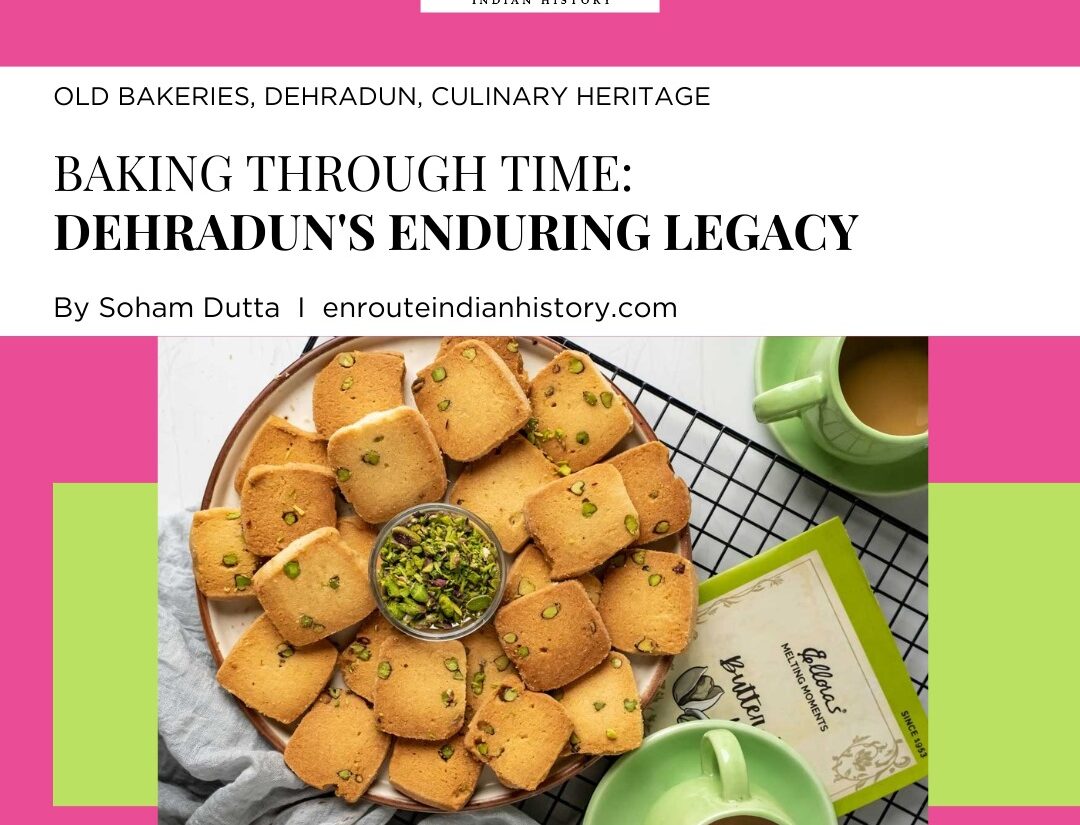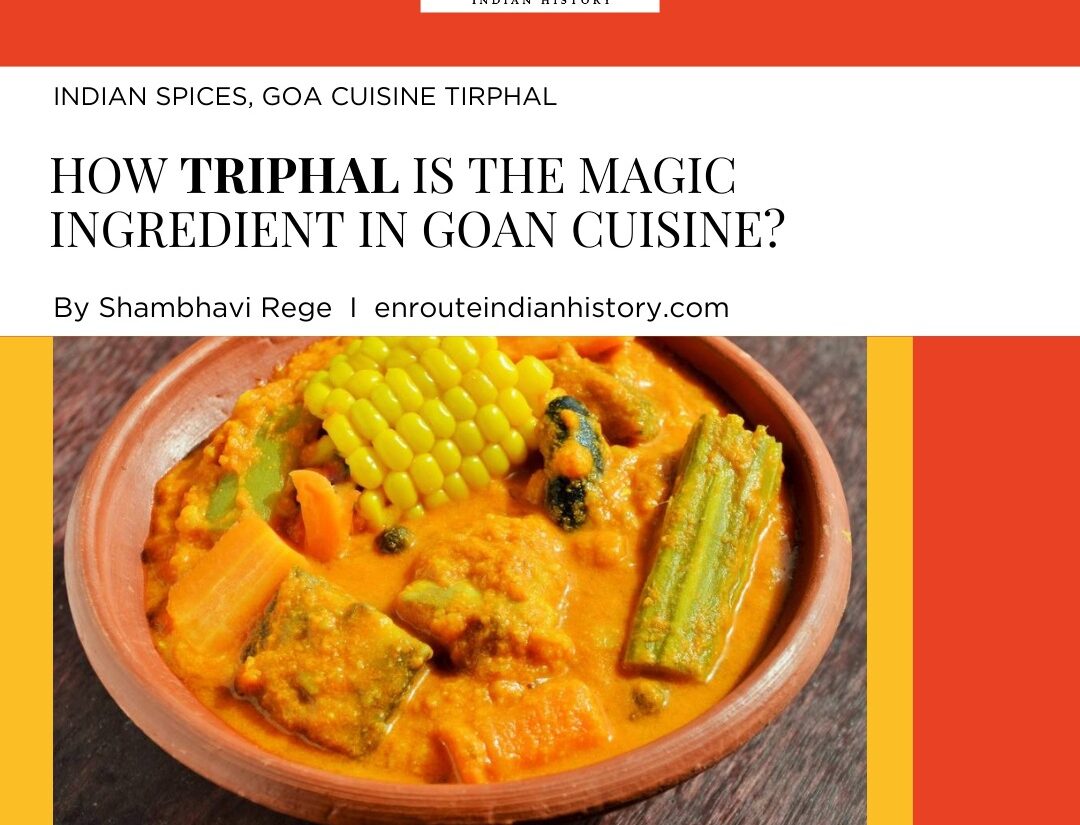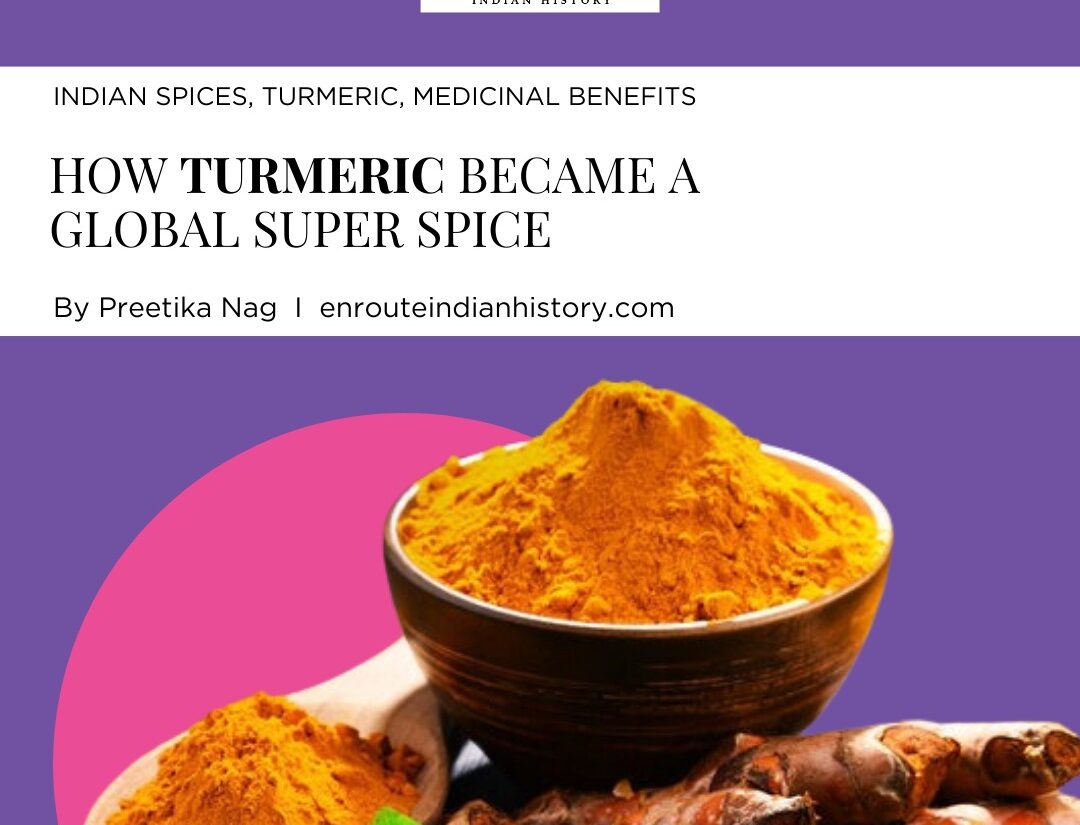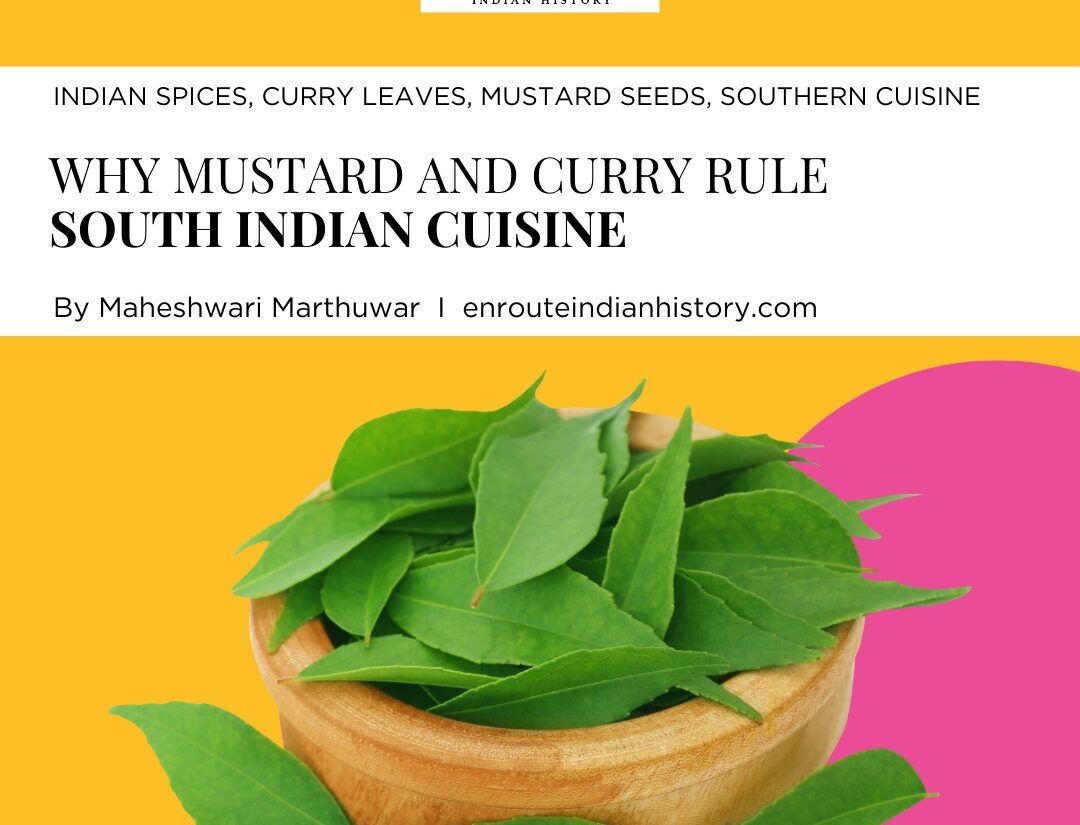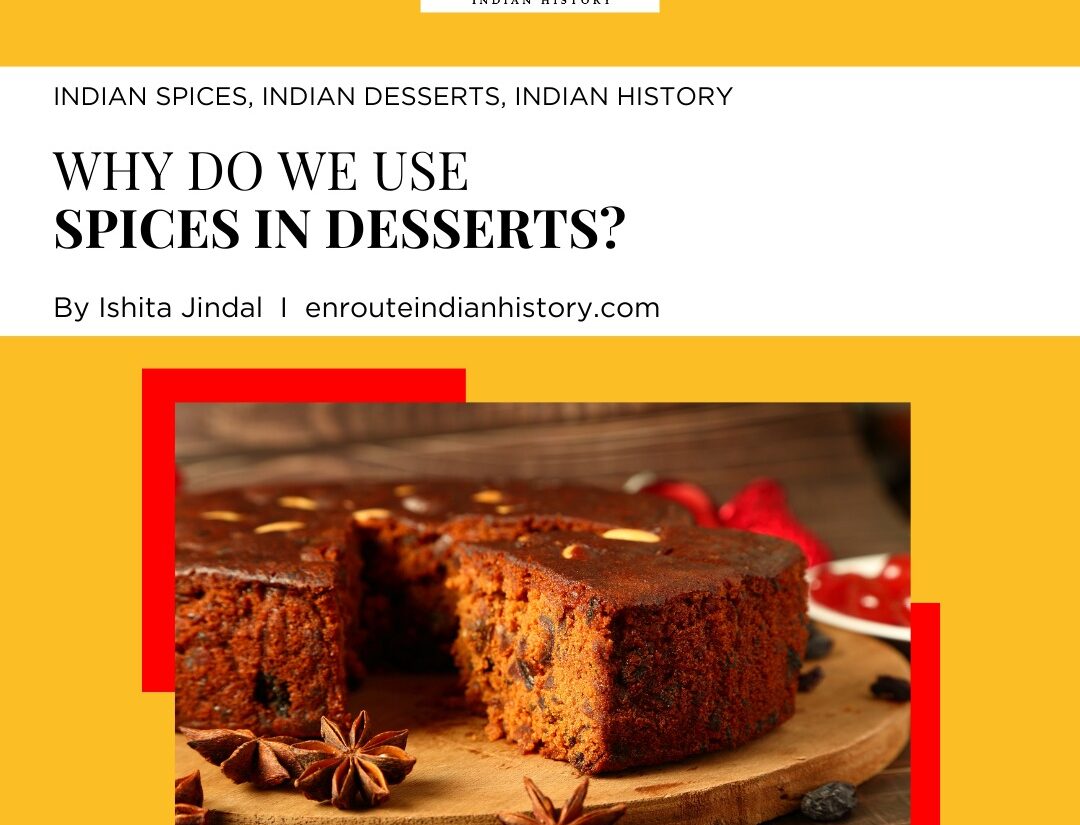Durga Puja – Forms of Shakti and their offerings
Shakti symbolizes power, and the worship of the Shakti forms of the goddess was widespread in medieval Bengal. Durga, a central goddess in this tradition, is associated with various forms, such as Durgas (Nava-Durga), Pada Durga, Gupta Durga, Kanaka Durga, and others. Notably, Durga is not confined to urban or elite worship; she is fundamentally a folk goddess. The Bhavishya Purana from medieval times suggests that she was a goddess revered by tribal and lower-caste communities throughout India. Furthermore, Durga is regarded as an agricultural deity in certain regions of West Bengal, often known as Vana Durga or Shakambhari, and she is worshipped in open-air shrines without roofs.
In her folk representation, she may take the form of a budi, an old woman, or an ancestress figure. This annual worship took place during Durga Puja, with village women visiting the sacred tree, accompanied by musicians and carrying offerings in wicker baskets. A Brahmin priest would offer rice boiled in milk to Vana Durga for the well-being of women and children.

Durga Puja, 1809 watercolor painting in Patna Style.
In some villages in northern West Bengal, a ritual called Budir Puja, or the worship of the old woman, involves making offerings of milk and sugar to the sheora tree, believed to house the goddess Vana Durga.
In Birbhum District, Vana Durga, also known as Gundi Thakurani, resides in a tree trunk and is worshipped by Adivasi or tribal groups without the involvement of Brahmin priests. Sacrifices of birds and pigs are made to her, and the eggs of ducks, hens, and pigeons, marked with vermilion, are presented as offerings. Some animals offered to her are not killed but are instead tied up for a day before being released.
In Mymensingh, Bangladesh, she is called Rupasi or Rupeshvari and is worshipped at the base of a sheora tree for the well-being of women and children. Women, after initially worshipping the goddess Shashthi at home, visit the tree with other women, singing songs and carrying a winnowing fan containing various offerings. The women embrace the tree and make their offerings, which may include ducks’ eggs broken at the tree’s base.
Durga’s incorporation into the Hindu pantheon as a warrior goddess is evident in images of her slaying a buffalo by the fourth century CE and descriptions of her in Puranic texts by the sixth century CE. While she has multiple origin stories in the Puranas, her primary narrative comes from the Markandeya Purana, particularly in the “Chandi Saptasati” or “Devi Mahatmya” section. The Devimahatmya retains many of Durga’s non-Vedic characteristics, albeit subtly connecting her to a Sanskritic tradition. She is portrayed as a warrior-virgin and, for the first time, is seen as the embodiment of Shakti, the Vedic concept of divine energy.
The present form of Durga worship and changing Culinary Practices
The contemporary form of Durga worship was induced by the financial strength of The Bhadraloks and the emergent Bania Durga Puja which rose Durga from its tribal form and started taking a prominent place within the middle-class urban Bengalis of Colonial Bengal.

William Prinsep, Europeans being entertained by dancers and musicians in a splendid Indian house in Calcutta during Durga puja (1830s–1840s)
At the right side of the painting in the back, a Bali or animal sacrifice is being performed
The culinary practices associated with Durga Puja can be understood as rituals associated with the various days of worship. On the seventh day of Durgapuja, known as Saptami, there is a ritual called Navapatrika. It involves a collection of nine plants that are combined to represent one entity, often referred to as Kalabau or the banana-wife, also known as a part of the Nava-Durga or the nine Durgas. This ritual centres around a young banana or plantain plant, adorned with an aparajita vine and various other plants (such as bilva, turmeric, arum, pomegranate, barley or manaka, rice, jayanti, and Ashoka), and is dressed to symbolize a married woman. Some believe that these nine plants represent different parts of Durga’s body, like her head, hair, breast, and nose. Professor Pritha Sen suggests that these plants symbolize the dietary habits of the Bengalis, particularly those in Eastern Bengal during colonial times. S. R. Das discusses the transition of this ritual from its folk origins to becoming a deity of bhakti, with the banana-plant lady, originally representing the primitive forest deity, Vana Durga, now finding a place in the Durga Puja mandap. Similarly, fruit and vegetables are put into the pitcher along with Ganges water, and it is set upon dough that has five grains scattered on it in which it is said Durga resides thus representing the prevalent agriculture and the grain consumption pattern of the Goddess Durga who is not necessarily as just a god but like a daughter to a Bengali Household who have came home from her Husband’s Place.
On the following day, Ashtami, Durga is believed to have defeated Mahishasura. In the Shakto tradition, this signifies the triumph of good over evil, celebrated by feasting on sacrificial meat and fish. Historically, during the 18th century, landlords (zamindars) began worshipping Devi Durga to showcase their prosperity, and this led to the inclusion of animal sacrifices as part of the ritual. In modern times, influenced by Vaishnava practices, vegetables and fruits such as bananas, pumpkins, ash gourd (chālkumṛo), sugarcane, and māṣbhakta (a combination of rice, banana, cloves, and ghee) have replaced animal sacrifices. The transition occurred as a result of the emergence of the culture connected with Vaishnava Bhakti, and as a result, adherents must stay entirely vegetarian which resulted in the majority of Bengalis happily accepting various types of pulses (dal) as a substitute for fish and meat. It illustrates the importance and necessity of rice and dal in Bengali daily life, and Durga frequently often imagined being a part of a Household whose inhabitants also eat the same food.
On the following day, Navami, there is a ritual worship with lamps, incense, and food offerings, accompanied by dancing with drums and music. All animal sacrifices must be completed by this day. The Bali, or animal sacrifice, is performed during the Sandhi Puja, the sacred juncture marking the end of Ashtami and the beginning of Navami when Durga is worshipped as the fierce Chamunda, the slayer of demons Chanda and Munda. The sacrificed animal’s meat (usually goat) is served to the devotees, prepared without onion or garlic, using aromatic whole spices, ginger, and cumin paste, and is known as Niramish Mangsho (vegetarian meat).

Shakti worship and Food habits of “Bangals” during Durga Puja
On the last day, Vijaya Dashami, devotees bid a fond farewell to Durga with sweets, red powder (sindur), and other offerings. The goddess is ritually called back from the statue, which now becomes an empty shell, symbolizing a departed soul. In many Bengali families, especially those with roots in East Bengal or Bangladesh (Bangals), it’s customary to offer fish as bhog to the Goddess on Dashami, the final day of the festival. This often includes fish like hilsa, rohu, snakehead murrel (shol), spotted snakehead (chang/taki), and wallago catfish (boal). These practices are rooted in both Shakti and Tantric forms of worship.

Khichuri Bhog and its constituents.
Photo by The Telegraph India
Another intriguing aspect of bhog cuisine is the Shital (cold) bhog, which is generally practised in some districts of Eastern Bengal and later migrated to West Bengal. It is a meal that comprises “boiled rice kept overnight immersed in water” and “chutney prepared with lotus stalk and the soup of boal-fish” would be served on the final day of the Puja, as noted by anthropologist Tarak Chandra Das in his 1931 book, “The Cultural Significance of Fish in Bengal.”
Conclusion
In Spite of Durga Puja nowadays has been wrapped under the influences of theme puja pandals and increased norms of civility but these practices continue to influence the worship of Devi Durga. The traditional cuisine of the Bengalis ( both Bangals and Ghotis ) have transformed by the process of globalisation. Ethnic cuisine often gets neglected in the wake of the cheap availability of fast foods and fast food delivery brands where people’s comfortable getting food with just a simple tap. But the so-called “bonedi bari” or the erstwhile zamindari families continue to observe these traditions even now. These culinary practices play a vital role in defining the Cultural identity of Bengalis and Bangals alike.
References
- Banerjee, Dr.S. and Khan, Dr. D. (5th May, 2021) ‘Past and present of Bengali’s kitchen through the ages of History and its compatibility with health’, International Journal of Creative Research Thoughts, 9. Available at: https://www.researchgate.net/profile/Debdip-Khan/publication/352100542_Past_and_present_of_Bengali’s_kitchen_through_the_ages_of_History_and_its_compatibility_with_health/links/60b8d66392851cb13d72229d/Past-and-present-of-Bengalis-kitchen-through-the-ages-of-History-and-its-compatibility-with-health.pdf.
- Bhattacharya, T. (2007) ‘Tracking the goddess: religion, community, and identity in the Durga puja ceremonies of nineteenth-century Calcutta’, The Journal of Asian Studies, 66(4), pp. 919–962. Available at: https://doi.org/10.1017/S0021911807001258.
- Das, S.K. and Basak, B. (2021) The making of goddess Durga in Bengal: art, heritage and the public. Springer Nature.
- Dash, N.S., Bhattacharjee, M. and Dash, S. (2020) ‘Foods Offered to Deities in Bengal: Tasting Ethnographic Flavours in the Gastronomic Offerings Prevalent in Bengali Culture ’, International Journal of Communication, 30(No 1-2). Available at: https://www.researchgate.net/profile/Niladri-Dash-2/publication/350579284_Foods_Offered_to_Deities_in_Bengal_Tasting_Ethnographic_Flavours_in_the_Gastronomic_Offerings_Prevalent_in_Bengali_Culture/links/6066ac9fa6fdccad3f665e22/Foods-Offered-to-Deities-in-Bengal-Tasting-Ethnographic-Flavours-in-the-Gastronomic-Offerings-Prevalent-in-Bengali-Culture.pdf.
- McDaniel, J. (2004) Offering flowers, feeding skulls: popular goddess worship in West Bengal. Oxford University Press, USA.
- Mom, B. (Aug, 2017) ‘Pritha sen — and her bhoger khichuri’. Available at: http://www.bongcookbook.com/2017/09/pritha-sen-bhog-er-khichuri.html (Accessed: 22 October 2023).
- Rodrigues, H. (2012) Ritual worship of the great goddess: the liturgy of the durgā pūjā with interpretations. State University of New York Press.
- How fish became part of the bhog on Dashami (2020) Mintlounge. Available at: https://lifestyle.livemint.com//food/discover/how-fish-became-part-of-the-bhog-on-dashami-111603594249081.html (Accessed: 23 October 2023).
- Chatterjee, P. (2016) Not just khichuri: Durga Puja food is a lot more vibrant than you think, Scroll.in. Available at: http://scroll.in/magazine/818188/not-just-khichuri-durga-puja-food-is-a-lot-more-vibrant-than-you-think (Accessed: 23 October 2023).
- Kashyap, T. (2023) Why bengalis cannot do durga puja without the special niramish mangsho, the vegetarian mutton dish?, Curly Tales. Available at: https://curlytales.com/why-bengalis-cannot-do-durga-puja-without-the-special-niramish-mangsho-the-vegetarian-mutton-dish/ (Accessed: 23 October 2023).
- Lahiri, I. (2018) ‘Best eating joints of durgapuja 2018’, Food Blog Mohamushkil-a bong foodie’s quest about best foods in India, 11 October. Available at: https://moha-mushkil.com/best-eating-joints-of-durgapuja-2018/ (Accessed: 23 October 2023).
- December 20, 2023
- 10 Min Read
